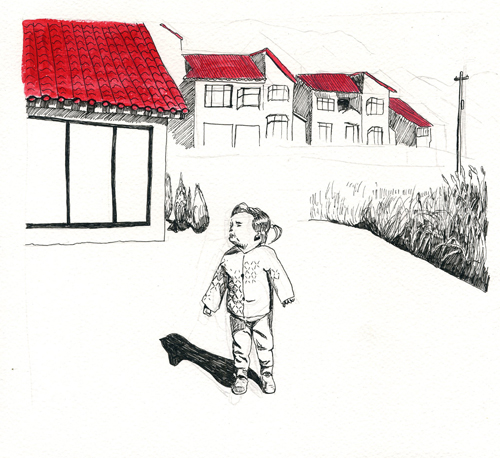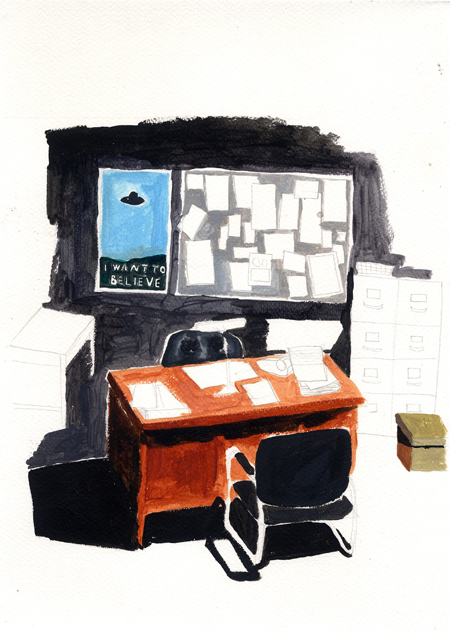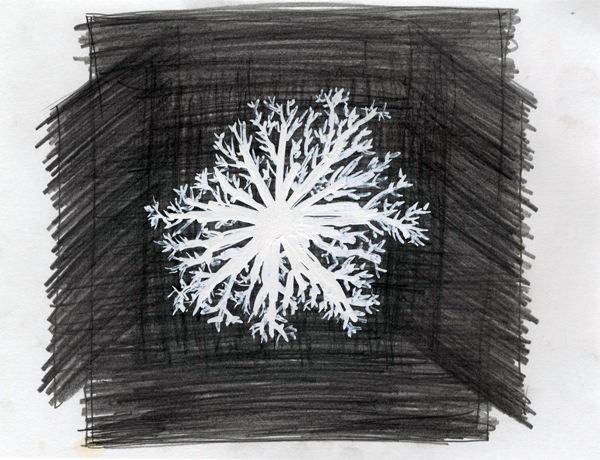The usage of “there is” or “there are” in writing is conventional but it appears to be rather lazy. According to writer David Lambutch, “The habit of beginning statements with the impersonal and usually vague there is or there are shoves the really significant verb into subordinate place instead of letting it stand vigorously on its own feet.” (The Golden Book on Writing, 1964) For example:
There are possible punishments for what you’ve done in the last few weeks.
A stronger sentence would be:
Punishment for what you’ve done in the last few weeks is a real possibility.
The usage of “there” to begin a sentence seems to be common among political commentators and journalist writing in the recent years. It is a slothful way of addressing an existence of something or someone because it is without a sense of assertive authority. The word “there” appears to be somewhat deficient in such fields of writing, but the notion of it is essential to the world of fiction; for it is true the imagination can thrive and flourish only beyond our immediate surrounding. Better yet, beyond that horizon line. One might scream:
There are unicorns in the forest!
Also true, a forest is a place where possibility seems endless. In Gaston Bachelard’s book The Poetics of Space he destined forest as a site that provokes “immensity”. He states, “forests, especially, with the mystery of their space prolonged indefinitely beyond the veil of tree-trunks and leaves, space that is veiled for our eyes, but transparent to action, are veritable psychological transcendent” (p185). Less to do with the geographical attributes of a forest, but more to do the given experiences of an old, dark, decaying forest, yet full of life, which open up our inner immensity and thus imagination. In the pilot episode of The X-File (aired in 1993), the opening sequence takes place in the primeval Collum National Forest in Oregon, where a young female in sleeping wear is tumbling and running away from danger. When she falls, a dark figure emerges out of transcendental white light and grabs the young female. Quickly the next scene introduces Agent Scully (played by Gillian Anderson) in the modern J. Edgar Hoover Building in Washington D.C. Inside the FBI headquarter she steps into her new partner Fox Mulder’s office (played by David Duchovny). Known as “Spooky” Mulder, his role within the organization is to solve unsolved mystery cases, which is often referred to as the X-files. In the age of streamline efficiency and waning days of shoulder pads in the early 90’s, Mulder’s particular passion for “unexplained phenomenal” is undermined and ridiculed by his colleague and superiors alike. His office been tucked away in the basement area of the building further enhances his particularity within such somber institution.
The office itself can only be describe as messy, cluttered, dark, and unorganized, but through it all it shows Mulder’s unflinching ideal. The room is less like an office but a like archive, a dungeon of information, full of folders and photographs from unsolved cases. The centerpiece of the room is a popular UFO poster. The poster shows a doctored photograph features a flying saucers over green landscape with the lower bottom subtitled “I want to believe”. The poster could be consider in the same class as those inspirational poster in the halls of YMCA or generic school waiting rooms, except it is made for a more specific audience: UFO enthusiast. The poster itself is ironic, however. The clarity of the photograph lacks authenticity of the typical grainy UFO photographs (real or fake). It shows no mystery, no secret, and no “un-identifiable” parts. Since itself cannot be considered an evidence of the existence of extraterrestrials, then it can only be inspirational at best. The catch phrase “I want to believe” reveals a much darker narrative of an antagonist who’s unconventional beliefs are condemned by popularists and common senses. Unable to believe, he/she wants to believe. Such sentiment yields a poster that really is saying, “Well, you shall find what you look for”.
Conspiracy theorist finds conspiracy. Mulder’s basement office is a mirror reflection of his inner space. Bachelard’s passage is once again useful: he interprets Henri Bosco’s writing of underground cellar as a place of “primitive situations” where dreams and recollections appear in unexpected ways. The subterranean site is a labyrinth of memories and desires, as well as secrets and misdirection. Mulder is haunted by the memory of his sister’s kidnapping when he was 12 years old and it becomes his main motivation for the X-files. In this metaphorical dungeon, he burrows and digs into the past until the process of examination, reconstruction, re-visioning, erasing, delluionalizing, all blend into one…thus researching becomes reaching.
The transition between a forest to the basement of an office building in the pilot episode is instrumental in setting up The X-File series. It high-lights Mulder’s mental state where the truth is always “out there” and the unfashionable day-dreaming takes place here, in a safe, messy corner of an office.
***


